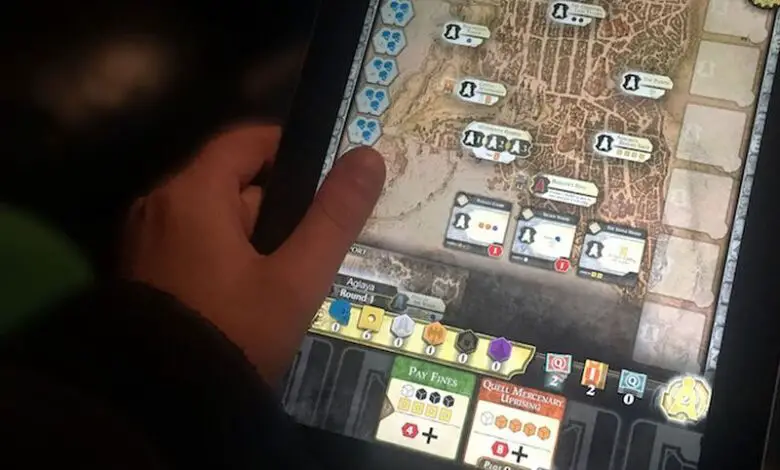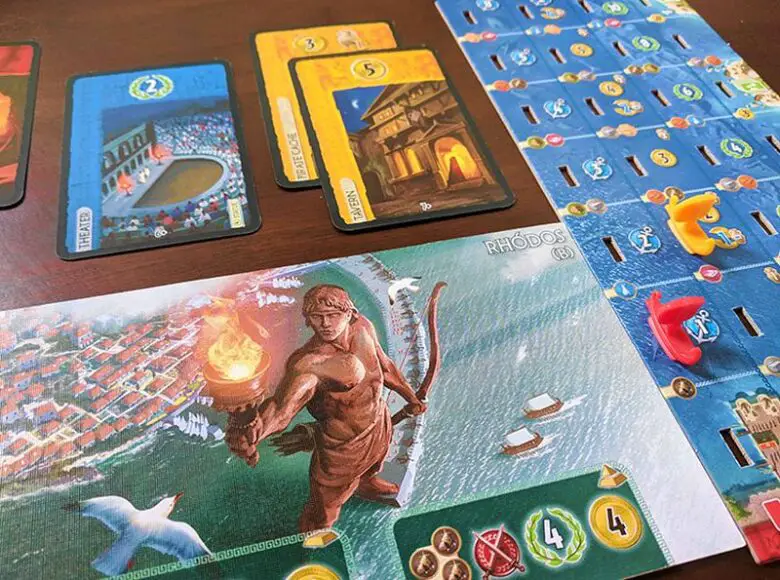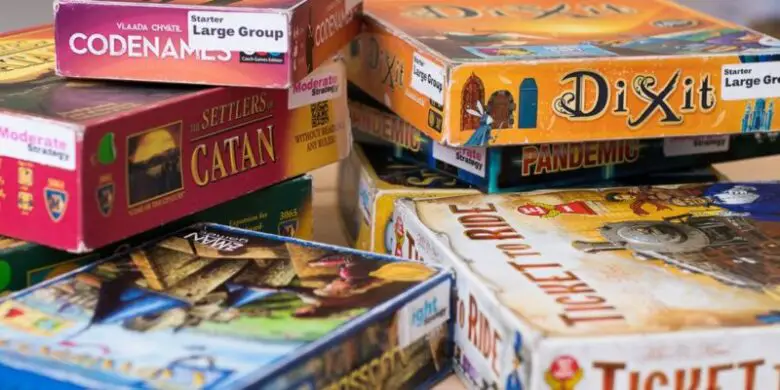Tying Board Game Fun with UX Design

Today’s design specialists, such as https://www.designdemarca.pt/, mostly look into technology when they need inspiration. It’s not that they necessarily want to, but it’s a logical choice, as the modern world is full of smart objects, gadgets, computers, and so on. Wherever you look, technology surrounds you. Except, maybe, if you live rurally where the old ways still dictate daily life. However, that’s for another article.
If you try looking past tech, you will find tons of inspiration in other things. Moreover, if you think about it, everything that surrounds humans and provides solutions to needs is directly related to user experience. You can even go as far as saying that all UX design ideas are the product of the collective reconsideration of human experience with all objects humans have used throughout the ages.

This brings us to the notion that “user experience” as such reaches far beyond just tapping or browsing through a mobile app or website. But, if we take a more modern approach to the topic, it narrows down to the touchpoints between a user and a company. And there’s hardly anything depicting this better than board games. That’s right. Your UX design agency can learn a lot from such a seemingly trivial thing as board games and improve the understanding of what users need and want. You can find more information about the top 5 UX design agencies in the world here.
Taking Advantage of Mental Models
There are many different board games out there, each with its features, themes, mechanics, etc. The first few steps are getting familiar with play by reading the rules and learning what to do and how to win.
But, once a player begins to master the game, they almost instantly start to recognize similar mechanics from games they played in the past. Take Monopoly – it’s a classic game that has been around since 1935, and its mechanics are well known to almost anyone older than 5. This game’s success has significantly influenced the board game industry, so you can find its traces in countless other games, not to mention the many customized versions of Monopoly that have been developed over the years.
Mental Models and UX Design

Previous experiences form behaviors and mental models in people. It would be best if you considered this fact when your UX team designs a product or service, as it will affect the way the user interacts with it.
Leveraging current design conventions and patterns may help improve the experience by making it more intuitive and familiar, even if your design includes innovative aspects. In other words, you don’t have to reinvent the wheel. Focus on the patterns, and models people are used to and provide them with an entertaining journey.
Boost the Experience
At the end of each game, the player has an overall feeling about it, whether they won or lost. Did they have fun playing it? Even if they lost? Are they going to play it again in the future? Will they recommend the game to their friends? What will they remember about it after a week? Two weeks? A month?
Some of the games succeed in providing players with great, memorable experiences, while others fail. Board games are actually on the rise today – companies are launching crowdfunding campaigns, popular franchises converted into the board game format, and so on. Some games are strategic, some use cards, and some are RPG – the range includes pretty much any imaginable genre. But, one kind of innovative board game that appeared during the past ten years is, without a doubt, 7 Wonders. It’s about building and advancing a city through procuring resources, investing in technology and the military, etc. The most advanced civilization by the end of the game wins.
Now, why exactly do 7 Wonders provide an improved user experience? First of all, this board game is flexible and can be played by 2 to 7 people with an average playing time of 30 minutes. Drafting contributes to the game’s efficiency: players draft their cards and take turns one at a time. They rarely have to wait for another person to finish their turn, so it’s pretty much non-stop action.

7 Wonders are also frequently replayed, and there are several reasons for that. Each game ends up providing a different experience, even if the same group of players plays it. Different strategies cause different gameplay outcomes. Moreover, players win the game by their civilization, becoming the most militarily active, becoming the richest, or by becoming the most technologically advanced. And another crucial factor is that the game involves a balance between randomness and skill for the victory, so even the newbies can win against the more experienced players.
This game also provides a well thought out theme that permeates the game from start to finish. It is consistent in its visuals, game pieces, and mechanics, which results in providing players with immense experience and the desire to play it once again. In other words, 7 Wonders successfully achieves its goal. And no wonder – the game has won seven awards in 2010 and 2011 and went on to get several expansions and spin-offs.
Boosting Experience in UX Design

There is no magic pattern or formula for “boosting” an experience. Your UX team will have to determine opportunities where particular techniques may be effective without causing a feeling of discomfort to the user. So, pretty much, like with board games, you should focus on such questions as:
- What will the user remember? How long will they remember it? What are the positive or negative experiences that make up the one most notable memory of the user’s involvement with the product or service?
- What is the user’s mental state from start to finish? Do they begin using the product or service relaxed or stressed? How can you improve their state of mind?
- Do you want the user to return?
- What will they tell other people regarding their experience?
There can be more questions – you can have a brainstorming meeting and define the questions that will work best for you.

Conclusion
Board games are an incredible domain for inspiration and user experience ideas. UX design is a relatively new niche that focuses on providing users with excitement and fulfillment of their needs. But, as the former has already developed and established specific strategies on how to satisfy players, the latter is still in the process of optimizing its working process.
The good news is that UX designers have access to human behavior and experiences, products, services, and all kinds of solutions from the past that they can learn from, both good and bad. And board games provide an exciting and fruitful collection of ideas that can be put to use in terms of UX design.

